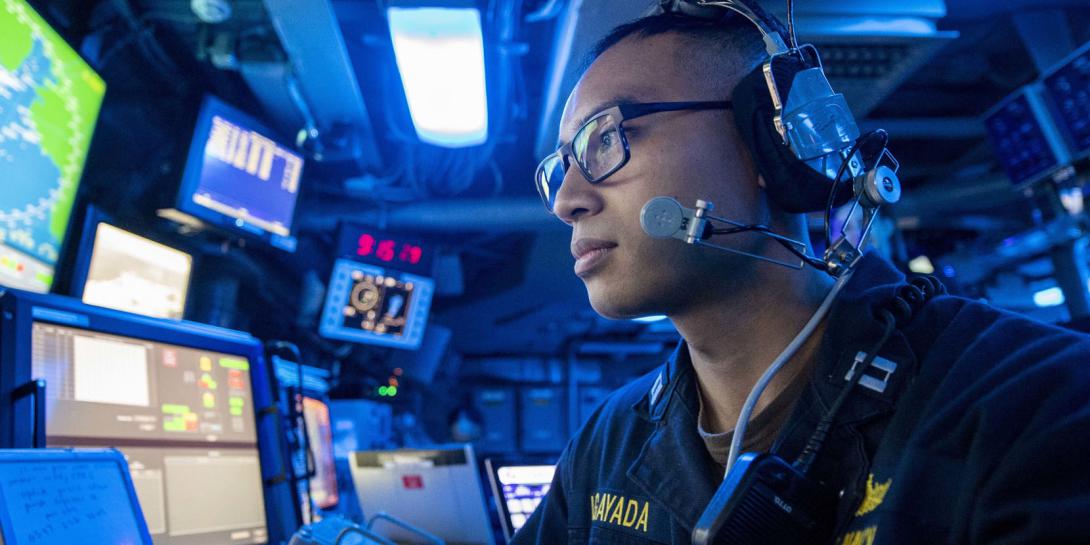Information Technology the New Sextant for the U.S. Navy
The U.S. Navy is moving beyond evolution into revolution as it plans its information technology for the foreseeable future. Efforts span the reach of existing technologies while keeping room open for new media that may bring dominant emerging capabilities.
Within about 90 days, the Department of the Navy’s data strategy will be drafted and signed out, said Thomas M. Sasala, director of data strategy, Office of the Chief Management Officer, Department of the Navy. He added that the service will adapt the Defense Department data strategy in its implementation plan.
Sasala joined many other prominent speakers and panelists presenting Navy and Marine Corps information issues at the AFCEA NOVA Chapter’s Naval IT day, held October 7. Col. George Malkasian, USMC, Marine Corps Installation Command G-6, summed up the revolutionary nature of the broad information technology effort. “We don’t need to upgrade or modernize out network,” he said. “We need to transform it.”
Speakers emphasized that this will be a joint effort encompassing the Navy and the Marine Corps. Jane Rathbun, assistant secretary of the Navy (RD&A), noted that leaders traditionally have treated the Navy and the Marines as two separate entities. But in this case, the Marines are a critical part of the war fight, and the two must be connected, she emphasized.
Col. Brock McDaniel, USMC, portfolio manager, Marine Corps Systems Command, described some specific technologies and capabilities that will be vital in this revolution. Next-generation satellite communications and troposcatter links are important to the Corps, as are waveforms. “We don’t want to be stuck with a single waveform when we’re trying to talk with one another,” he stated.
The colonel also explained that, in acquisition, the Corps is emphasizing speed of requirements, more agile funding and Other Transactional Authorities (OTAs). “Our network is a warfighting system,” he said. “We underestimated it in the past.”
Securing these new capabilities will be more important than ever, speakers declared. “It’s very hard to protect the entire network surface, and the Internet of Things is just going to absolutely blow that up,” said Rear Adm. Kathy Creighton, USN, N2N6G. Sasala added that some basic data protection techniques will be much easier in the enterprise, where they are embedded, but it will be much tougher from the tactical to the strategic. “We have a lot of data sources, and most of the data is suspect,” he stated.
And that data is vulnerable everywhere from the supply chain to the front. When asked if the United States was in a cyber war, Lt. Gen. Loretta E. Reynolds, USMC, deputy commandant information, declared without hesitation, “Yes. It started a long time ago.”
She stated that the Navy and Marine Corps must build new warfighting skills that will enable global interoperable operations, so the Corps will build the global warfighting network with the Navy. This is part of one essential theme in the Marine Corps warfighting doctrine, which is to renew the Marines as an extension of the blue water navy. “We must be a naval force,” she declared.
And having information technology capabilities is essential to defeat the rising adversaries that threaten U.S. national security today. “We are competing today with rising powers who, if left alone, will re-arrange this world order to suit their needs,” the general said. “I do not wish to live in a world dominated by their view or their politics.”





Comments